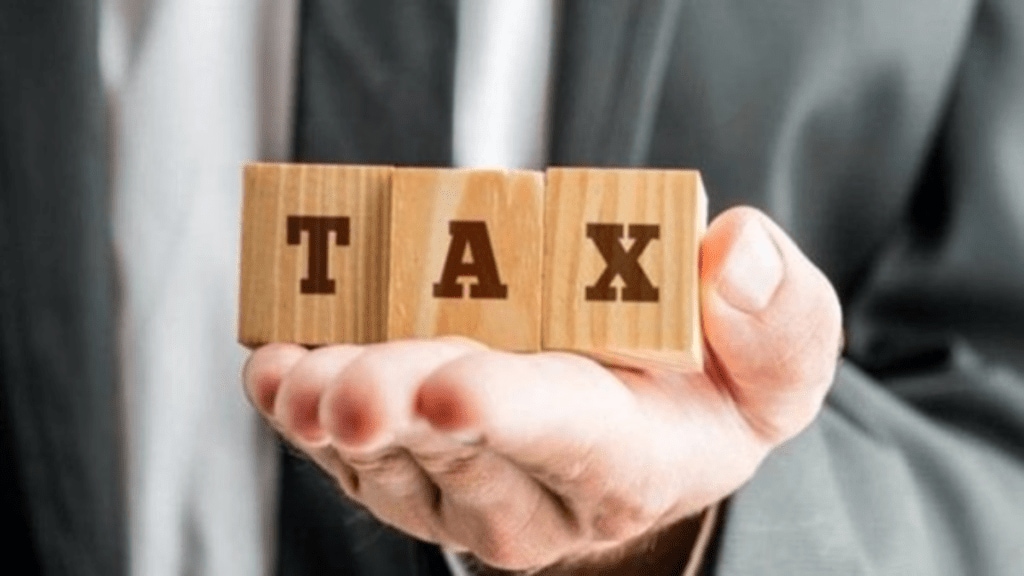By- MS Mani
This Union Budget comes at a very interesting time in the economic life of Bharat, as India is locally known, against the backdrop of good GDP growth, comfortable foreign exchange reserves, manageable fiscal deficit, predictions of a normal monsoon and record tax collections from both direct and indirect taxes. This coming together of the combination of favourable factors has not been seen often in the past and it is expected that this will give policymakers the confidence to move further ahead with the reform agenda to enable us to realise the Viksit Bharat goal by 2047.
From an indirect tax standpoint, after 2017, when GST was introduced, the Union Budget focussed on Customs duty changes as GST changes are overseen by the GST Council. However, the thought process on GST reforms is frequently mentioned in the course of the budget speech giving us an indication of the thinking amongst policymakers on the next set of expected changes in GST.
With GST having completed seven years, it is expected that now would be appropriate to make it further business friendly by:
- Reducing the number of rates, and having just three rates – a mean rate, a rate for essential goods and a higher rate for very few goods that are considered to be” sin” goods. A road map for such rate rationalisation in the Union Budget would be greatly appreciated by business
- Bringing petroleum products within the GST framework in a phased manner with natural gas and ATF being included initially, followed by petrol and diesel. A broad level time frame for this exercise being mentioned in the Union Budget would enable business to plan.
- Removing input tax impediments in certain sectors such as financial services, hospitality etc., would go a long way in making GST a simple tax and making these businesses more competitive. A pointer in that direction in the Union Budget that policymakers are seized of the ITC challenges faced by business, and are working on the same, would assuage impacted businesses and give them the confidence to plan for the coming years.
As mentioned above, what is expected from the Union Budget is directional clarity and a statement of intention; the details of all such measures would obviously need to be deliberated and agreed in the GST Council.
From a Customs duty standpoint, the Union Budget comes at a time when Bharat is trying to provide an impetus to domestic manufacturing, reduce dependence on import of critical items and expand the contribution of non-traditional items in the export basket.
While the production linked incentive scheme (PLI) has been a great initiative to establish a manufacturing footprint in several new areas, many businesses are still dependent on import of raw material and components to fulfil their PLI commitments. These raw material and intermediaries need to be imported from a limited pool of overseas manufacturers and the rate of Basic Customs Duty (BCD) applied on these products significantly increases the cost of the final product. It is essential to note that BCD, which may range from 5% to 12.5%, cannot be offset by any manufacturer and hence becomes an additional cost. Hence, a reduction in Basic Customs duties for raw material and intermediaries for all sectors covered by PLI schemes and other sectors where Bharat is aiming to increase domestic manufacturing, would be a big boost.
In recent times the composition of Bharat’s export basket has also been changing with export of electronic products significantly increasing with the share of traditional exports such as gems and jewellery, textiles etc., remaining stagnant. For many exported products, the key raw material sourcing continues to be from a clutch of countries including China, Vietnam and Taiwan. It is necessary to harmonise the Customs duties on essential inputs that cannot be offset in any manner. This is one of the key steps to make export pricing more competitive and could be the basis of a game changing strategy to increase our export market share for identified products where we have both the manufacturing capabilities and presence in overseas markets.
In recent times, there has been a marked preference for bilateral FTAs instead of multi-lateral trade pacts, and several FTAs have been signed with many more in various stages of negotiation. Since these FTAs will invariably have Customs duty exemptions/concessions for identified products for an extended period, it is essential to consider the FTAs in operation and those expected in the near term, while making Customs duty changes in the Union Budget so that impacted businesses do not have to face unintended hardship.
Businesses would be expecting significant changes on the GST and Customs duty front considering the favourable situation that the economy finds itself in and hope that these changes could help in accelerating the movement to Viksit Bharat before 2047.
(MS Mani is a Partner with Deloitte India.)
(Disclaimer: Views, recommendations, and opinions expressed are personal and do not reflect the official position or policy of Financial Express.com. Reproducing this content without permission is prohibited.)

